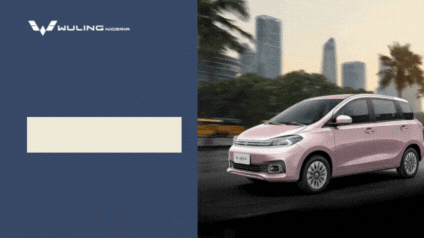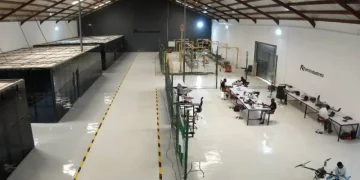When I first arrived in Lagos, the scale of the city stunned me. It stretched endlessly, buildings rising on all sides, people in constant motion, and roads packed with cars inching forward under the humid air. The energy was undeniable, but so was the struggle to move. Getting from one part of the city to another felt like a test of patience and endurance.
It didn’t take long for one thought to settle in my mind: Lagos needs a real subway system.
The Endless Battle with Traffic
Everywhere I looked, traffic ruled the day. What should be a thirty-minute journey could easily become three hours. Cars crawled bumper to bumper, okadas darted dangerously between lanes, and buses fought for every available space. It was a big inconvenience, and it felt like a daily economic drain. Time lost in traffic meant lost productivity, rising fuel costs, and endless frustration for millions.
The city’s size makes this worse. Lagos isn’t compact; it’s sprawling, stretching far beyond what the eye can take in. With a population of over 20 million people, the current transport system simply cannot keep up.
The Current Rail System: Progress, But Not Enough
To be fair, Lagos has made progress. The Blue Line and Red Line projects are steps in the right direction, giving commuters an alternative to road travel. The Blue Line, for instance, connects Marina to Mile 2, and when fully operational, it promises to drastically reduce travel times along that corridor.

But as promising as these lines are, they only scratch the surface. Lagos needs an interconnected network that links the mainland to the island, the suburbs to the business districts, and the airports to the inner city. Right now, the reach of the railway is limited, and the city’s rapid expansion demands a much more extensive system.
The current rail projects show what’s possible, but they’re not yet enough to shift the balance of daily commuting or to compete with the sheer scale of road traffic.
How a Subway Could Transform Lagos
A modern subway network could change everything. Imagine boarding an underground train on the mainland and arriving on the island in twenty minutes, no traffic, no delays, no fumes. A subway system could connect major hubs like Ikeja, Yaba, Victoria Island, and Lekki, moving hundreds of thousands of people efficiently every day.
It would also reduce the number of cars on the road, ease congestion, and lower carbon emissions. Commuters could plan their days with certainty rather than guessing how long traffic would keep them hostage. For a city that never sleeps, reliable mobility could unlock even greater economic potential.
A Vision Waiting to Be Built
Standing on the crowded streets of Lagos that first day, I could see the hunger for progress everywhere. People are ready to move, literally and figuratively. What’s missing is a system that matches their ambition.
An improved subway network could redefine how Lagos lives and works. It could give the city back its time, its rhythm, and its balance.
















